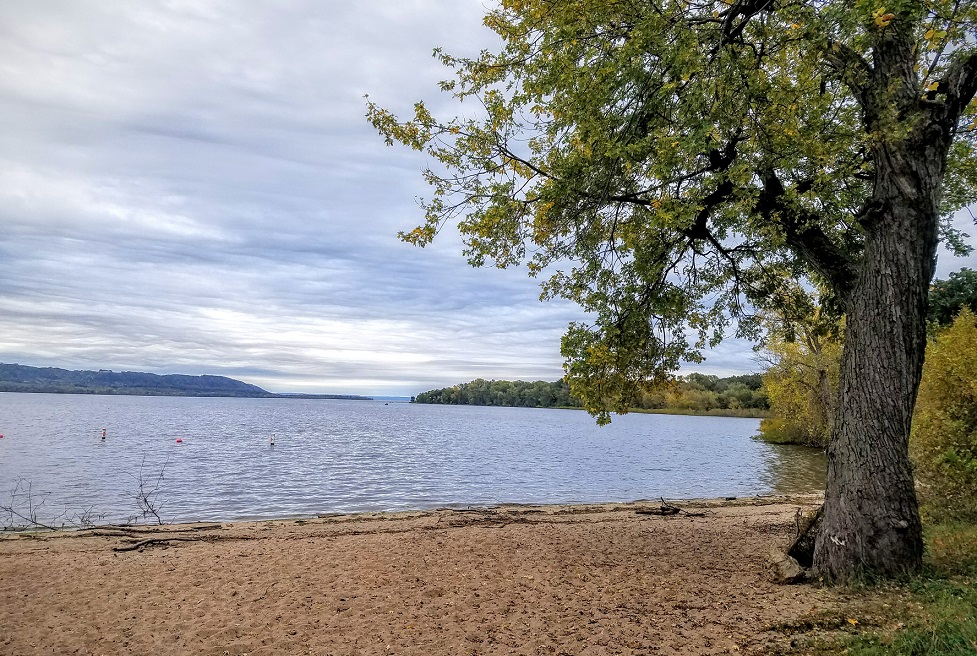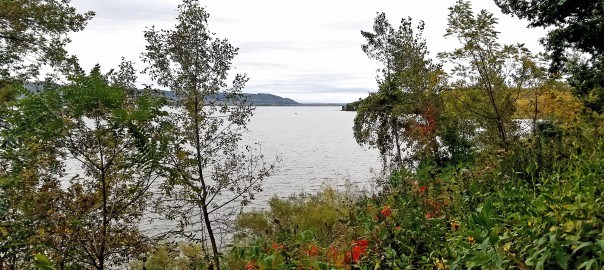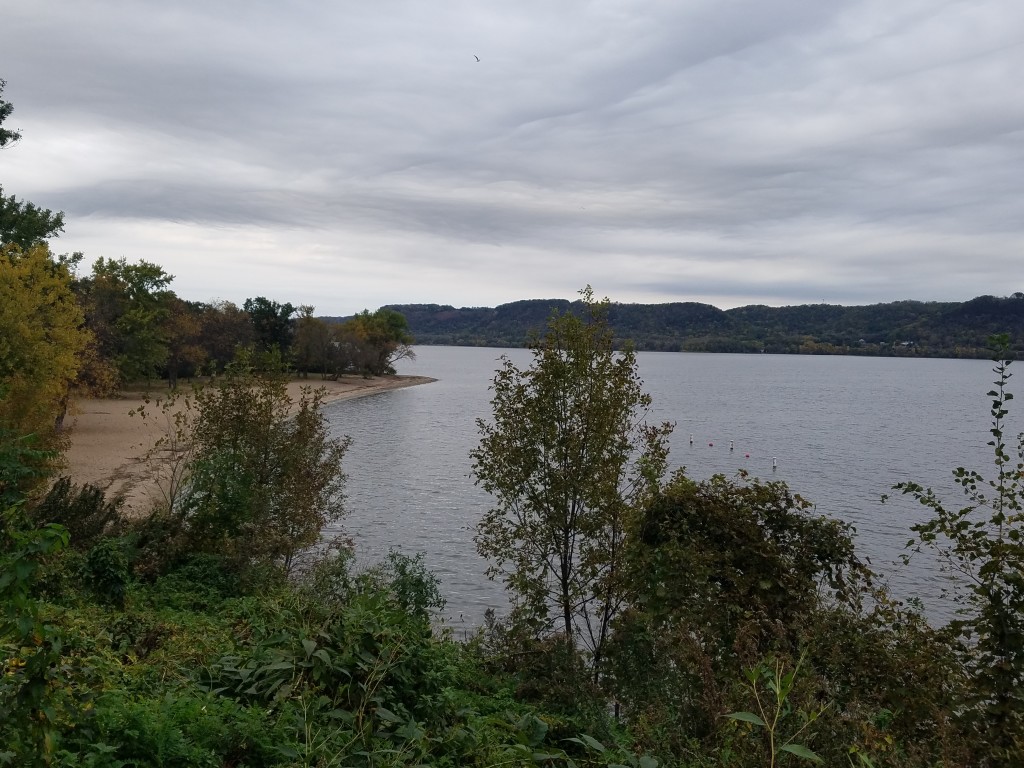The addition of I’m-saying-it-was-a-golf-course-Weequah Country Club last week takes us up to 232 known lost golf courses in Minnesota (see map, but don’t forget to come back here). Where will it end?
It won’t.
As sure as there are more than a thousand islands in the Thousand Islands (there are more than 1,800, Wikipedia says), there are more than 232 lost golf courses in Minnesota. I’d say 250 for sure, maybe close to 300. Maybe more.
The hard-core side of my search for lost courses in Minnesota has closed, with 232 layouts such as Roadside and Red Lake Falls and Rush City in tow. After a decade of tracking, I have backed way off. But I’ll be glad to identify, maybe even write about, any more that turn up.
In the meantime, there are contenders and pretenders that I’m for now leaving by the side of the road (Roadside, get it?). Some are for-sure lost courses that I just don’t know enough about to add to the list, and some may be just products of imagination.
Here are a couple. Opinions and evidence always welcome:
Lake Harriet Golf Club
An entry in the Harper’s Official Golf Guide of 1901, under the Minnesota section, reads:
“LAKE HARRIET GOLF CLUB — Organized, September, 1900. A nine-hole course. Principal members, Frank L. Schoonmaker, Judge Andreas Deland, A.S. Keyes, J.H. Eschman, Hector Baxter, John Larrimore, and Mayor Gray.”
The 1902 Harper’s Guide also listed the Lake Harriet club, though detailing only the founding date and number of holes.
The only other reference I could find to this club came in 1904, with a Sept. 11 Minneapolis Tribune story noting an undelivered package addressed to “Secty. Lake Harriet Golf Club” being held by the Minneapolis post office, with instructions for claiming. As tempting as it is to zip over there and try to claim contents of the package — a shiny new brassie, perhaps? — the story also advised that “If not called for in two weeks letters are sent to the dead letter office, Washington D.C.” And it just seems too much of a hassle to run over to the D.C. office and look for a package that might not be there 117 1/2 years later.
Regardless, it’s clear there was a golf club based in the Lake Harriet area, in the southwestern portion of Minneapolis. Whether there was a golf course associated with the club, though the golf guide entries strongly suggests it, I don’t know — and I have spent hours trying to figure it out.
Among the principals mentioned above, from what I can briefly gather, Schoonmaker was a Minneapolis city councilor, Eschman a Lake Harriet concessionaire, Baxter a railroad president and a member of the Linden Hills Improvement Association, and “Mayor Gray” was James Gray, 18th mayor of Minneapolis, elected 1898. I could not find any other particular connections to golf among these men.
Incidentally, other Minnesota golf courses/clubs listed in the 1901 guide — named and spelled as they were in the guide — were Albert Lea (“we understand a golf club is about to be organized here”), Camden Place (this was the Camden Park Golf Club in north Minneapolis), Northland Golf Club of Duluth, an unknown course in Duluth “located west of the Mesaba Railroad, between Superior and West Third streets,” Faribault Golf Club (also known as Tatepaha), Bryn Mawr Golf Club of Minneapolis, Lafayette Club of Minnetonka Beach, Minikahda Golf Club of Minneapolis, St. Cloud Golf Club (not the same as St. Cloud Country Club), Merriam Park Golf Club of St. Paul, Roadside Golf Club of St. Paul and Town And Country Club of St. Paul, and Meadow Brook Golf Club of Winona.
Lake Pepin Country Club
I am adding this place to my list, calling it lost course No. 233, after flopping around like a boated Mississippi River smallmouth regarding this site and after brooking no small personal embarrassment.
After hearing in 2016 about a place called Lake Pepin Country Club, I declared to some that it was a lost golf course — only to spout a smart-mouthed rebuttal months later. That rebuttal is at this link, at once smarmy and enlightening as to the club’s foundations and, in the end, as misguided as a JFK Junior reincarnation party on a Dallas street.
I’ll not go into great detail about Lake Pepin CC, which lay two miles northwest of downtown Lake City, near the current site of Hok-Si-La Municipal Park and Campground. Click on the link above to learn more. But the Lake Pepin CC pamphlet that is posted there, which suggests a golf course would be built on site after the club’s founding in 1910, plus a Winona Republican-Herald story from Oct. 4, 1910, that suggested the same — “golf links through the shaded woods,” with a clubhouse to be built in 1911 — offered hints of a layout in the making.
“Hints” and “in the making,” however, do not constitute certain evidence of a lost golf course. But this does, if you ask me:
“Entertained at Red Wing,” read the title of a one-paragraph entry in the Winona Daily Republican-Herald of May 29, 1911, followed by the big reveal:
“The Moline houseboat party which was in Winona last week was entertained at the golf links at the Lake Pepin Country club on Friday on the way down the river.”
That’s the entirety of the entry, which I stumbled upon just today, but it clearly establishes Lake Pepin CC as a lost golf course. My smart-alecky November 2016 self has been duly upbraided, trust me. And another entry has been added to my list and map. That makes 233 lost courses.
For what it’s worth, 1913 was the final year of operation for Lake Pepin Country Club.
Photo at top of post: Early autumn, looking south down Lake Pepin and the Mississippi River from the Hok-Si-La Campground north of Lake City. The Lake Pepin Country Club (though not necessarily its golf course) presumably was situated on or near this spot.
Next post: More maybe-yes, maybe-no lost courses.


Latest posts by Joe Bissen (see all)
- Another lost routing: Hilltop, Columbia Heights - June 19, 2024
- Two lost routes: First, Antlers Park - June 17, 2024
- Tree trouble and townball: Naeseth Country Club, Wanamingo - May 6, 2024



